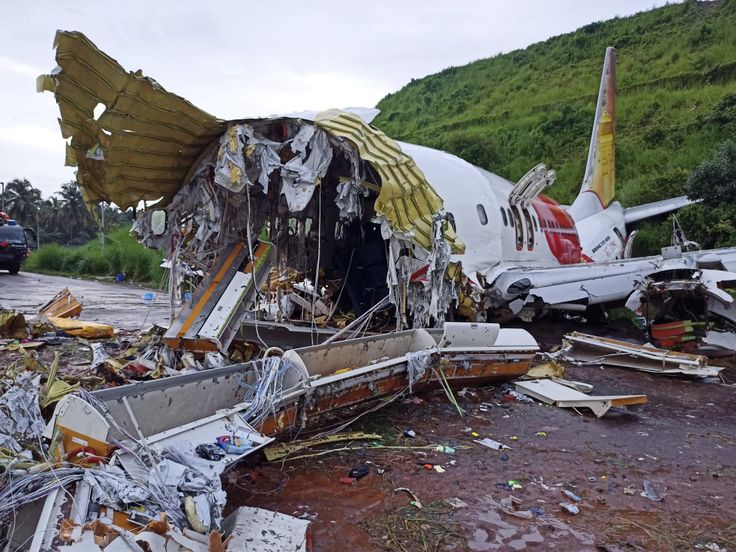Published
2 months agoon
By
Adubianews
A mechanical fault in the captain’s seat of an Air India Boeing 787 has been identified as the cause of a devastating crash that claimed 270 lives. Preliminary investigations revealed that during takeoff, the pilot’s seat unexpectedly slid backward due to a failed locking mechanism, triggering a deadly chain reaction in the cockpit.
The sudden shift caused the captain to unintentionally pull the throttle levers into idle, cutting engine thrust within seconds of liftoff. The co-pilot’s efforts to intervene were hampered by the captain’s reclined position, which blocked access to essential controls. Just 26 seconds into the flight, the aircraft stalled at 214 feet and crashed into a nearby building housing medical workers.
Data from the flight recorder and cockpit voice recordings revealed a chilling timeline of the disaster: the seat failure occurred 12 seconds after takeoff, a loss of thrust was noted at 15 seconds, and a full stall followed shortly after.
Investigators also criticized the aircraft’s lack of critical safeguards, including the absence of “GO-AROUND” and “STAB TRIM” functions, as well as inadequate protection against throttle mismanagement.
In response, aviation regulators around the world have acted swiftly. The FAA and EASA have issued emergency inspection orders for Boeing 787 pilot seats.
Air India has grounded 12 similar aircraft pending checks, while Boeing has committed to a redesign of the seat mechanism by 2026. The crash left 270 people dead, including passengers, crew, and residents of the impacted building. One British national survived and is receiving treatment.
The full investigation report is scheduled for release in July 2025, with global aviation authorities pledging reforms to safety inspection protocols and cockpit system standards.

























